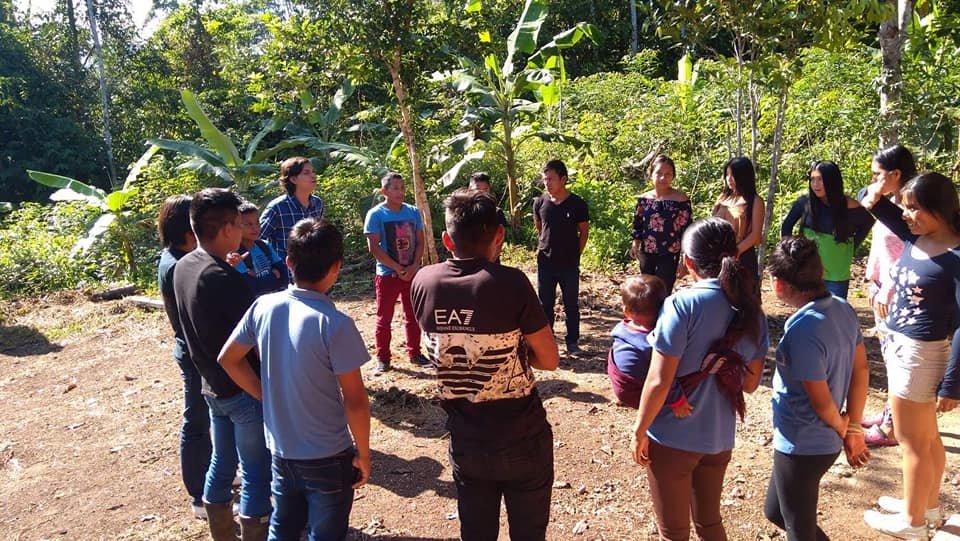Sapara People and Amazonian Cacao
Our founding project, the Sapara project is centered around the community of Llanchamacocha in the Ecuadorian Amazon. The Sápara Nation is recognized by UNESCO as an “Intangible Cultural Heritage of Humanity.” With fewer than 600 Sapara people between Ecuador and Peru, less than 5 native speakers of the Sapara language still alive, the Sapara are very much on the brink. Furthermore, their land and culture are threatened by oil development and encroaching deforestation. It is very important to the Sapara to keep their culture alive in the ways they always have existed – living in the forest, dreaming, living in community close to nature.
The Sapara people wish to share their knowledge, wisdom and culture with the world while maintaining their ancestral lands and way of life.
Cacao
The Sapara people and heirloom cacao have a lot in common. Both are under threat from extractive industries and at risk of disappearing, and have a lot to teach the world about living from your heart. While cacao has made its way around the world, it originates in the Amazon rain forest. And, some of the best cacao in the world comes from Ecuador. However, there is pressure for the global demand for chocolate to plant a hybridized variety, CCN-51, that threatens the diversity, flavor and history of cacao in Ecuador.
There are already cacao trees growing naturally in the Sapara communities. We plan to survey these varieties and plant more of the Arriba Nacional cacao variety in Sapara territory to create some unique chocolate products in collaboration with Cacao Lab. This project will take many years to come to fruition. In the mean time, we will work with the communities to share their herbal knowledge of medicinal plants, tell their stories, and continue to support their efforts to protect their land and culture.
There is a great need to create ways to generate an income especially for the young people, so they don’t feel the need to leave their communities in search of work. While they may not need money in the jungle, the reality is that they are connected to the outside world and occasionally need to buy things to support their families, such as tools, school supplies, medical bills, and other modern necessities. But the goal is to allow them to live as closely to their traditional life as they wish while giving them access to participate in the global economy, which also gives them visibility and greater autonomy.
Objectives
Revenue for Sapara people
Agroforestry - improving land and health
Telling stories - share Sapara wisdom with the world
Support Sapara initiatives around cultural preservation
Generating unique cacao and herbal products
Watch this video about cacao and climate change







